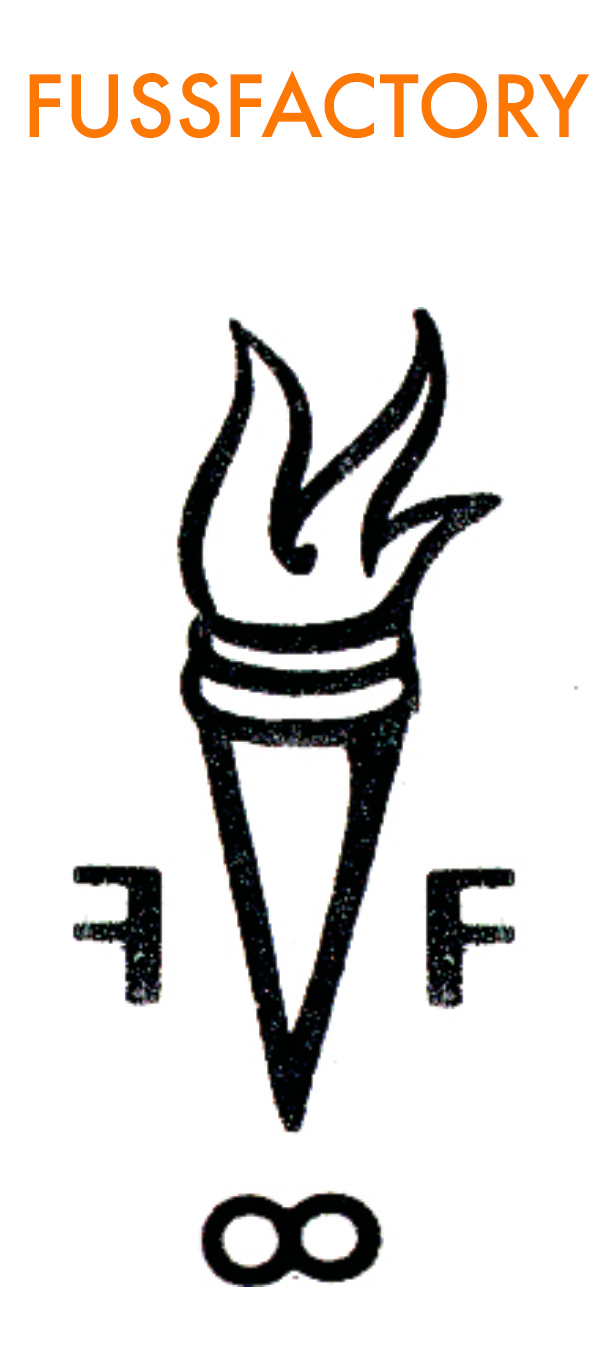#sparkchamber 070317 Leslie Carmin
Tomorrow is Independence Day, a Federal holiday in the U.S. The day commemorates and celebrates the signing of the Declaration of Independence in 1776, a document that states unequivocally: “We hold these truths to be self-evident, that all men are created equal, that they are endowed by their Creator with certain unalienable rights, that among these are life, liberty, and the pursuit of happiness” — as revolutionary an idea then as it is today.
#sparkchamber is a megaphone for this chorus of revolution because creativity (and the right to express it in whatever form) is freedom, is pursuit of happiness, is fundamental to life and liberty and equality and empowerment.
Today, we celebrate the voice and vision of artist and illustrator Leslie Carmin. Her work depicts strange creatures that confront viewers with their raw emotional states and humorous situations. She lives in New Haven Connecticut with her two wildly rambunctious young sons and their punk-rock-loving, scientist dad.
Her website is lesliecarmin.com
Inspiration comes from music (she loves Heartless Bastards, especially Searching for the Ghost), film (The Spider the Mistress and the Tangerine, in which Louis Bourgeois’ sculptures are otherworldly and magnificent. Leslie says, “This documentary is like watching a mysterious alien entity take human shape and try to deal with the corporeal as a mother and old woman.”), graphic novel (My Favorite Thing Is Monsters by Emil Ferris, “Her vision and drafting skills are just breathtaking.”) and museum (“It would be an understatement to say I love the The Visionary Art Museum in Baltimore. If my 9-year-old son were to say, ‘Then why don’t you marry it?’ I would say, ‘I will!’“)
Through August 13, her work is showing at the Broad Stripes and Bright Stars exhibit at the Ely Center for Contemporary Art. The exhibit, curated by Dave Coon and Aicha Woods, highlights both the indelible graphic power of the American flag, and its symbolic use in engagement, resistance, and resilience. For more information visit elycenter.org/exhibitions
1.] Where do ideas come from?
My drawing ideas come from the space overlords that control my body, or Talk Radio, whichever frequency I am tuned into at the moment. If it isn’t coming from these places, then it must just be a purge of anxieties contorted by a weird sense of humor and a love of the fantastical. Lately though, I can’t seem to help myself from creating images connected to the news and the world around me. These images have come out mainly as a linocut series of 4 x 5 inch prints. Unlike the drawings, these are little snapshots of daily life.
2.] What is the itch you are scratching?
I think being an artist is a compulsion. The feeling of wanting to make art has always been there. When I don’t listen to that compulsion I get very unhappy.
I think this compulsion really is the one thing that defines an artist, it’s making artwork again and again and not criticizing yourself into stopping. I studied Art History in college and genuinely love other artists’ work. But it is not the same as making art. I don’t always love every piece I make, but I love the process of drawing, and extracting the images and thoughts in my head onto paper. Why I am compelled may be harder to define; I do know I have a non-verbal side to my personality that is tied to emotion and can only be expressed in imagery.
3.] Early bird or night owl, tortoise or hare?
I work both fast and slow depending on the medium. I have spent many months on a single drawing. I love long, repetitive, labor-intensive, obsessive pencil work. When I make an intricate drawing, I feel like I am in this sustained state of heavenly potential. Each day I work on my drawing I feel like I have a clear purpose. But after a while … the long process of working on a piece and not finishing makes me feel like Sisyphus, and takes a toll on my self-esteem. So I work fast on something else, I try to switch to color pencil or make linocuts. Recently I have loved the process of working instinctively and quickly with Monotype printing.
I have an early-bird routine of working after the kids are off to school; I need coffee, good lighting and headphones. I will typically work anywhere like a nomad: my studio, the kitchen table, a coffee shop, a soccer field waiting for the kids, in the car or at a bar. Hmm. Wasn’t that a Dr. Seuss book? “Are you my mother, and why do you always have a pencil in your hand?”
4.] How do you know when you are done?
I know I can’t make it any clearer or better. The lines are there and the image is complete.


